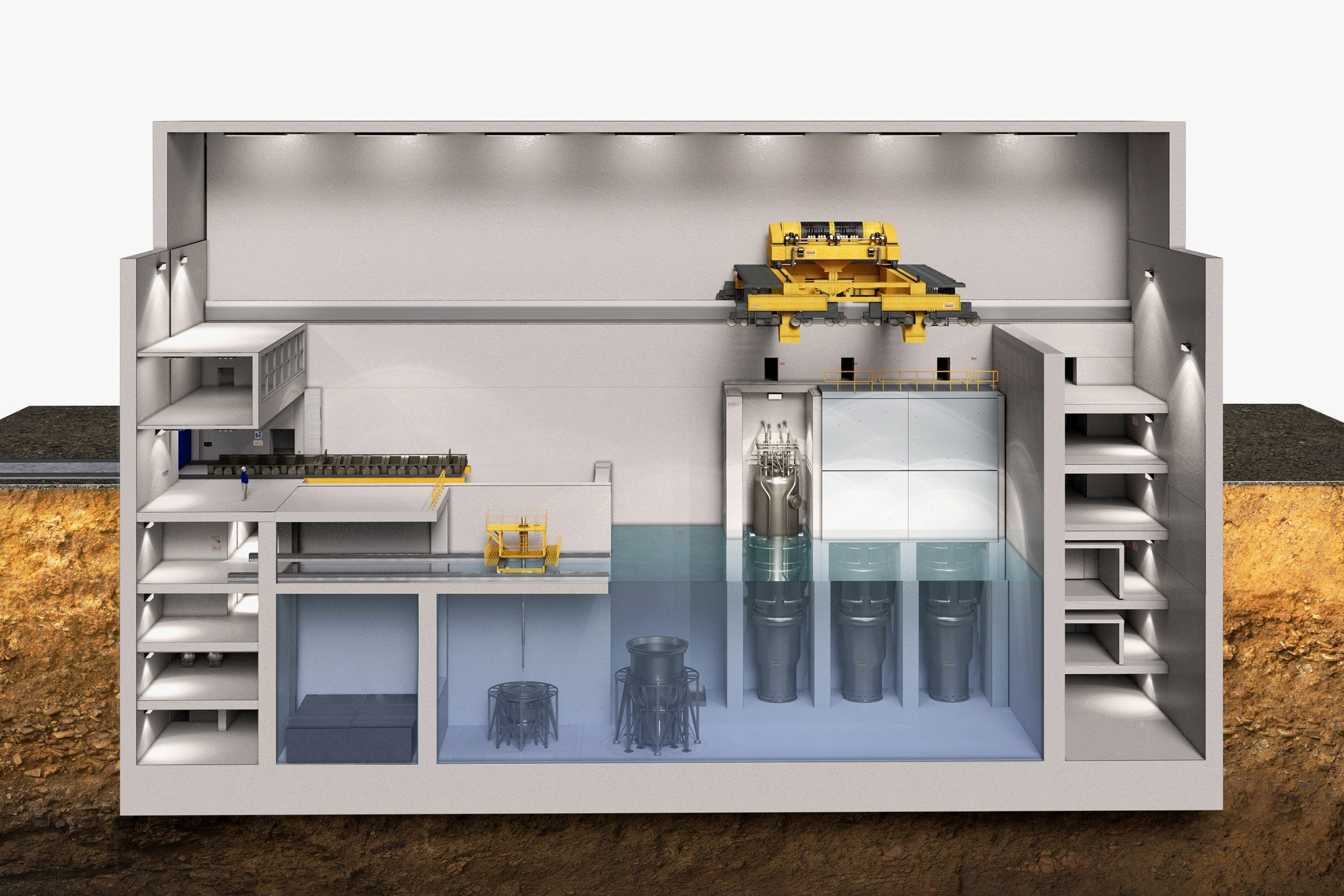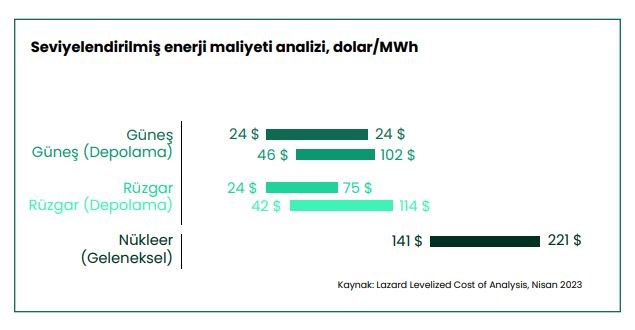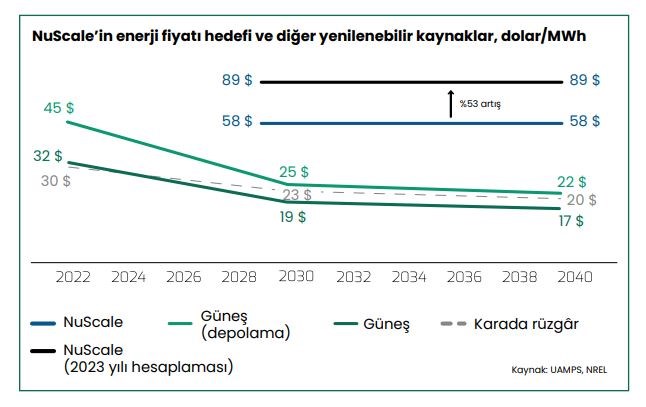 A report prepared by the Sustainable Economics and Finance Research Association (SEFiA) suggests that small nuclear reactors (SMRs), which have recently been brought to the fore in the fight against climate change, are not a reliable and cheap solution.
A report prepared by the Sustainable Economics and Finance Research Association (SEFiA) suggests that small nuclear reactors (SMRs), which have recently been brought to the fore in the fight against climate change, are not a reliable and cheap solution.According to the report, it is revealed that SMRs are not a proven tool to compete with low-cost renewable energy sources such as wind and solar and ensure energy conversion in combating climate change.
The report underlines that emissions must be reduced very quickly by 2030 in order to achieve the globally accepted 1.5 degree target. Despite their long history, SMRs have not become commercially and efficiently operational and only two SMRs are operational to date. It is stated that it can become. On the contrary, it is stated that many projects were canceled and the claimed advantages of SMRs could not be tested.
The analyzes made about SMRs in the report are as follows:
- SMRs further complicate the existing radioactive waste problem: SMRs are 30 times longer lasting and produce 35 times more low- and intermediate-level radioactive waste than conventional reactors. It uses fissile materials that are not natural and recyclable but can radioactively decay. Studies show that SMRs outperform conventional reactors in terms of management requirements and disposal options for radioactive waste production over the long term.

- Neither now nor in the future, SMRs cannot economically compete with wind and solar: In the levelized cost analysis (lifetime cost/energy production) dated April 2023, the cost per unit energy in conventional nuclear power plants is 141-221 dollars/MWh; The cost for wind and solar is calculated as 24-75 dollars/MWh and 24-96 dollars/MWh, respectively. It is estimated that the unit energy cost of the reactors in the NuScale project in the USA will be 58 dollars/MWh by 2029. On the other hand, in other renewable energy solutions, the cost decreases over time and remains very low compared to NuScale reactors.

- SMRs have long construction times and high costs: The operating costs of SMR power plants are high due to their lower thermal efficiency compared to traditional nuclear reactors, and many reactors are shut down because they cannot provide the expected profit. It is also argued that lower amounts of electricity production will bring less income and construction costs will remain much higher than this. Due to this economic disadvantage, SMRs are closed before they become operational and cannot be commercialized. Almost all of the more than 70 startups being developed around the world are at the design stage.